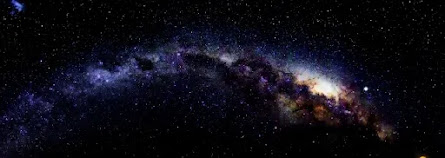A divine sun being enters Jesus of Nazareth at the baptism by John and walks the earth for three years. This being so transforms, consumes, his body that after three years there is only ash left which is then swallowed by a fissure opened during an earthquake; the grave was truly empty. This body could no longer sustain the divine sun forces and Christ prays in Gethsemane, sweating blood, “God keep this chalice together for a little longer.”
This divine sun being appears throughout history: Vishva Karman, Ahura Mazdao, Osiris, Ehjeh asher Ehjeh (I am the I AM), Apollo-Dionysus, Mithras. In the Ancient Indian cultural age (7227 - 5067 BC), Vishva Karman, meaning “all creating” in Sanskrit, appears as the creative power that holds the universe together. In the Ancient Persian cultural age (5067 - 2907 BC), Ahura Mazdao is the aura of the sun prophesied by the original Zarathustra. In the Egyptian-Chaldean cultural age (2907 - 747 BC), Osiris is the sun god. The Hebrew culture is also predominating in this age and Ehjeh asher Ehjeh is how god names himself to Moses. In the Greco-Latin culture (747 BC - 1413 AD), the joint being of Apollo and Dionysus is needed because as Apollo he is the sun but as Dionysus he is the abundant vegetative earth. Roman culture is also predominating at this time and Mithras, originally an Iranian sun god, is celebrated in the Mithraic mysteries. In each successive cultural age the divine sun god has come closer and closer, finally uniting with the earth at the Mystery of Golgotha, becoming the earth logos.
This is the first and only time a divine being incarnated as human. Divine beings have overshadowed humans before but never become human and experienced death. This marks a turning point in evolution where the divine ego, I, individuality is incorporated into the human being. Previous to this time humanity is coming away from a group, tribal, egohood and even in the Greek era, with the beginning of philosophy and science (systematic knowledge), still the I is bound to citizenship of a particular city-state and not to individuality. Christ brings the possibility of human freedom and love. Freedom can only arise where there is individuality and love requires freedom at its basis. Because Christ inculcates the I into humanity he would be called by a Buddhist as Buddha-nature, by a Hindu as Atma, the divine Self, by us as our higher I.In our era, the fifth post-Atlantean cultural age (1413 - 3573 AD), from 1933 onwards the Christ embodies in an etheric human form. This is what is meant as the second coming and not a physical reappearance. This etheric form will be seen by more and more people as time goes on. He can seem physical and be in multiple places at once.


